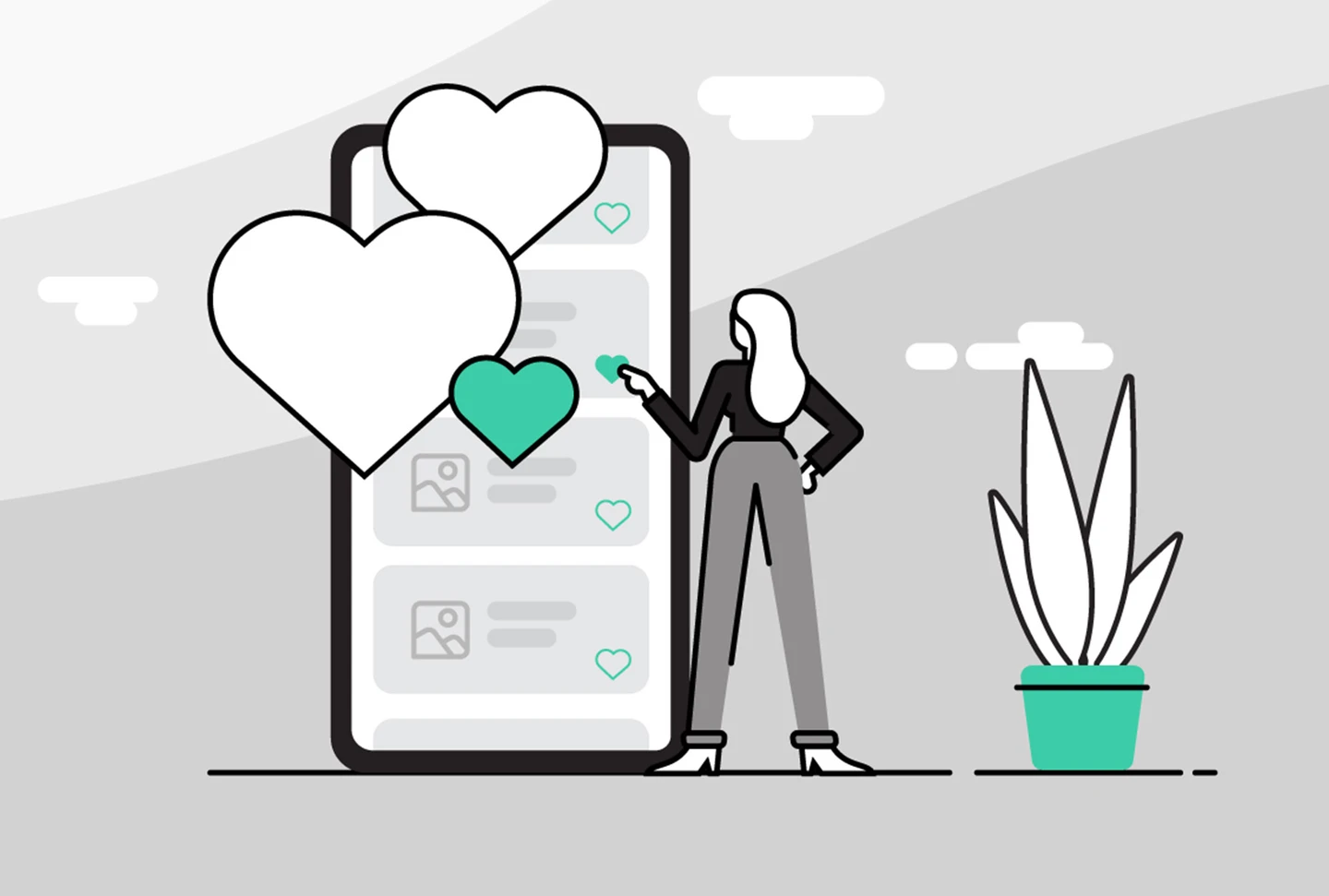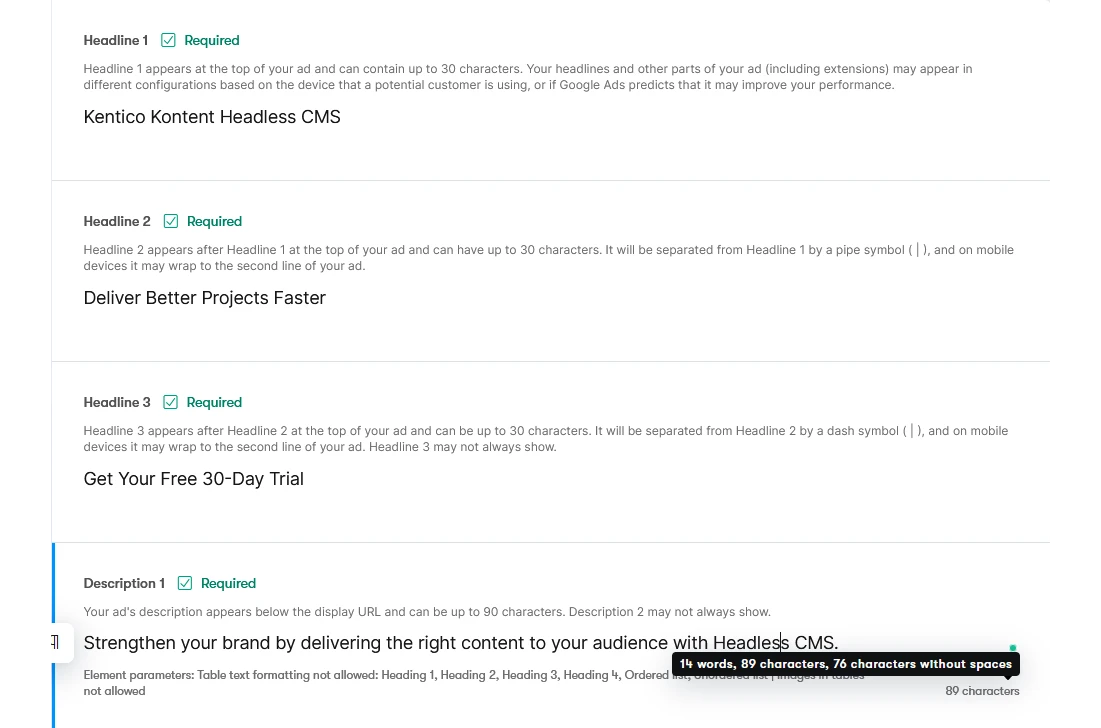Kontent.ai loves: Ads and social media
Did you know that you can create social media posts and ads inside a headless CMS to ensure content consistency and avoid using multiple tools? Let’s have a look at how it’s done.
Written by Jozef Falis

Did you know that you can create social media posts and ads inside a headless CMS to ensure content consistency and avoid using multiple tools? Let’s have a look at how it’s done.
Written by Jozef Falis

As a centralized tool for your content, Kontent.ai can also be used for creating new posts for social networks or even ads for your PPC campaigns. The headless CMS is not limited to managing content on your website—with more or less complex integrations, you can leverage the Content-as-a-Service (CaaS) capabilities of Kontent.ai and focus on other channels as well.
Many organizations use complex processes to create content for social networks. Localizations, regional campaigns, or product offerings that are different in other parts of the world can lead to complicated content publishing processes. However, you can connect the Kontent.ai headless CMS with Facebook, Twitter, or LinkedIn using a simple integration with Zapier that helps you automate repetitive tasks. This way, you can schedule the publishing of your article and share the news on one or more of your social media accounts at the same time.
The editorial calendar gives you an overview of your content without needing to use another application for social network management. Moreover, you can use the workflow steps designed based on your internal processes, so people in your marketing and other teams can quickly check what your brand is going to communicate in the following days and weeks.
Thanks to its powerful API, Kontent.ai can also function as a content management tool for ads. The main advantage here is again maintaining our internal processes and delivering content to other channels from one place.
All team members, including copywriters, graphic designers, or campaign specialists, can perform their tasks in one tool. When the ads are ready, the specialist responsible for the campaign then simply ʻforwardsʼ the approved content to Google Ads, Facebook Ads, or Twitter Ads and sets up the campaign. And these don’t have to be just text ads for Google. The API interface enables you to send and process other forms of advertisements, such as pictures or videos.
A thing that comes in handy when preparing social media posts and ads in Kontent.ai is this character counter (see the screenshot below). It displays how many characters you’ve already typed. And if you prepare guidelines for each field (e.g., Twitter – use up to 280 characters), your editors will know when they’re reaching the limit.
This way, we can always keep the information about character limits on individual platforms up to date. Plus, if your content model is created correctly, you can reuse successful content for a new campaign.

In this and the previous article from the Kontent.ai loves series, I wanted to show you that there’s a wide variety of use cases for Kontent.ai, and you’re by no means limited to creating content only for your website. You can store any kind of content in the headless CMS and use it as your content hub. In fact, it’s essential to point out that having a single source of truth is one of the greatest benefits of using a headless CMS.
I hope that this series of tips helped you choose the right content management system for your project. In the world of microservices, you don’t have to worry about missing out on some functionality because everything you’re used to can be achieved without an all-in-one solution. You can choose the tools you like and build your own marketing tech stack :).
Check out other articles from this series:

What if we told you there was a way to make your website a place that will always be relevant, no matter the season or the year? Two words—evergreen content. What does evergreen mean in marketing, and how do you make evergreen content? Let’s dive into it.
Lucie Simonova

How can you create a cohesive experience for customers no matter what channel they’re on or what device they’re using? The answer is going omnichannel.
Zaneta Styblova

To structure a blog post, start with a strong headline, write a clear introduction, and break content into short paragraphs. Use descriptive subheadings, add visuals, and format for easy scanning. Don’t forget about linking and filling out the metadata. Want to go into more detail? Dive into this blog.
Lucie Simonova